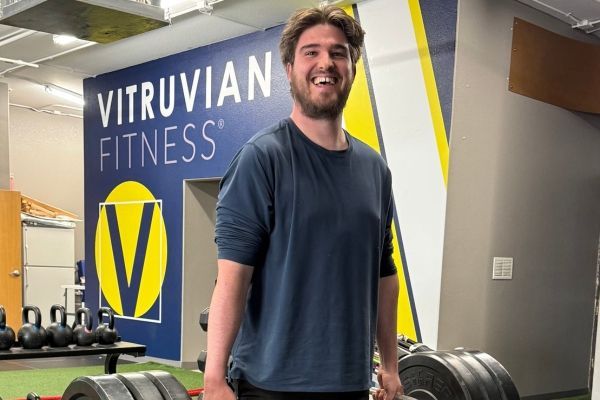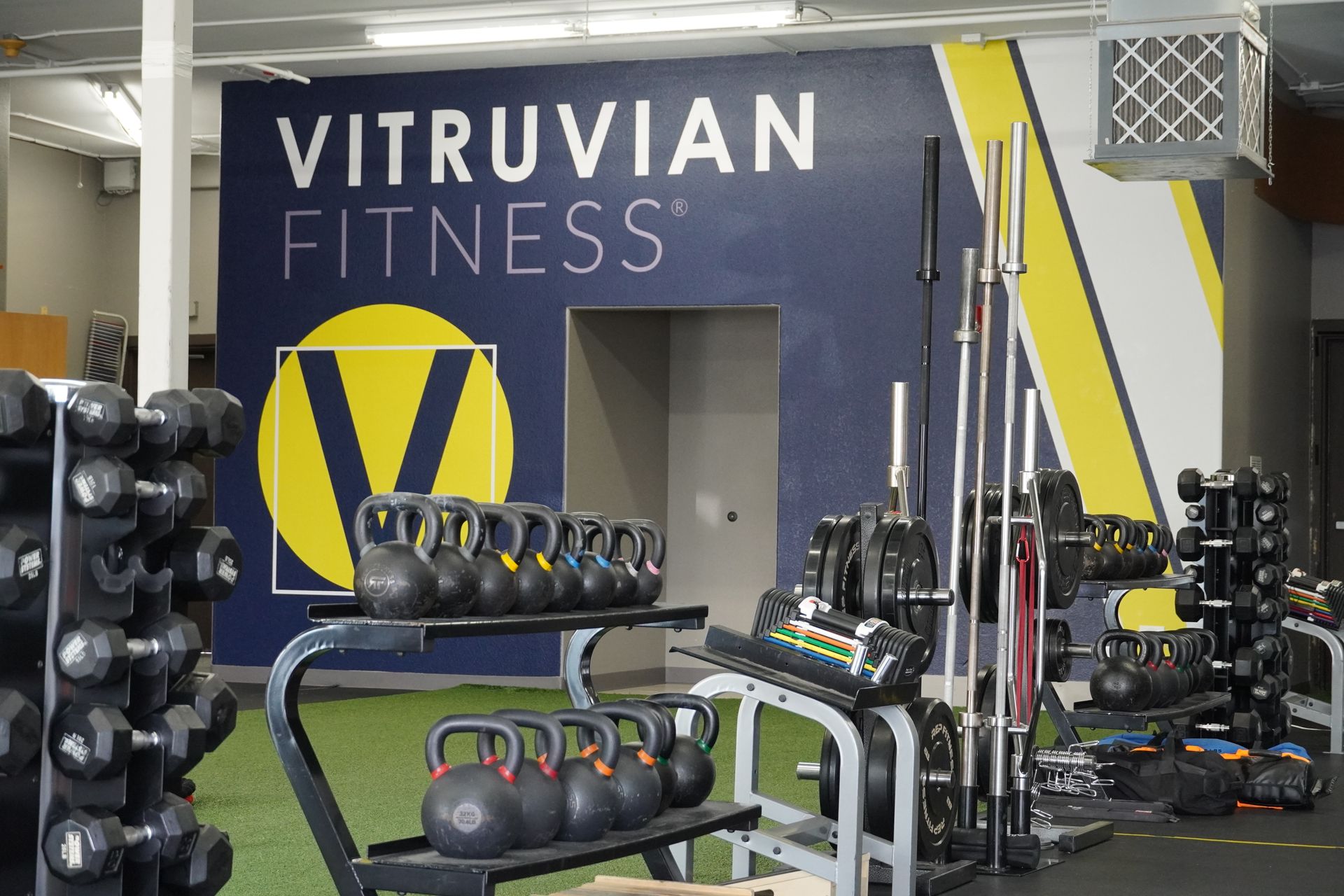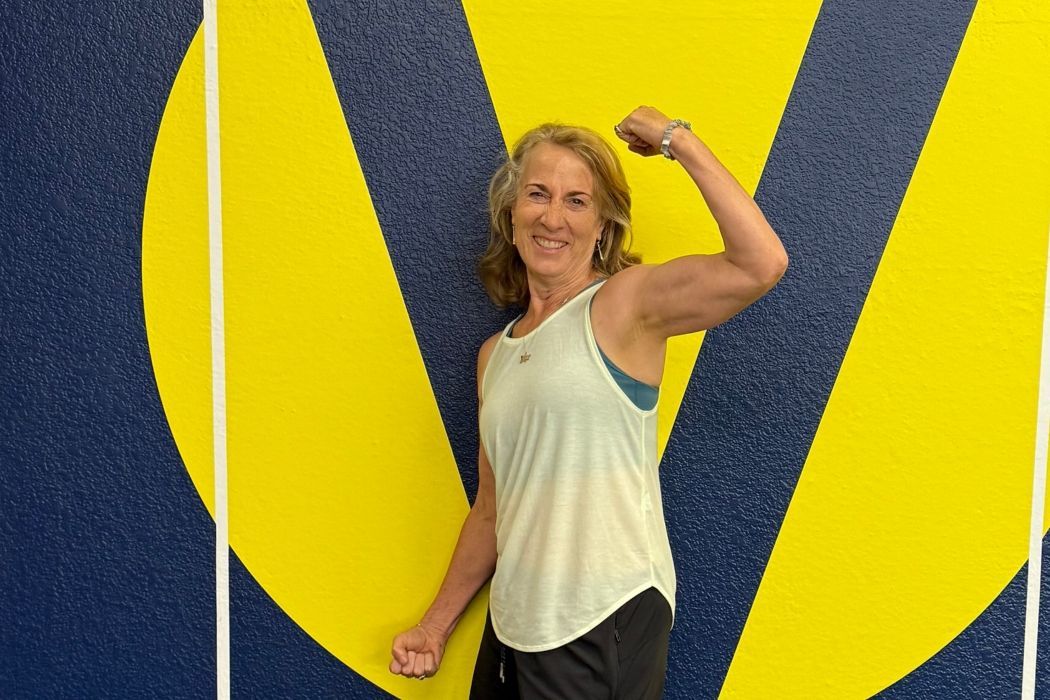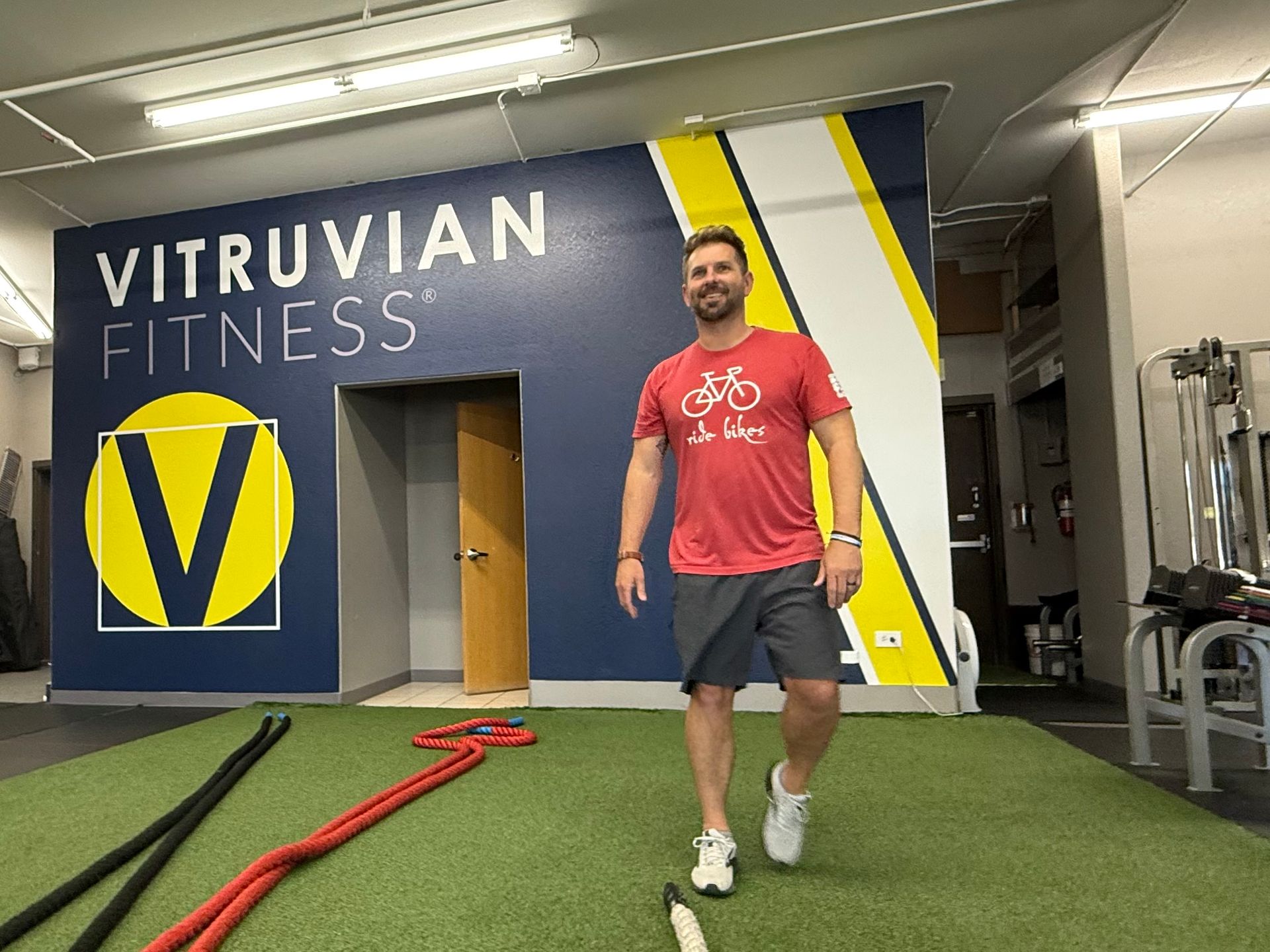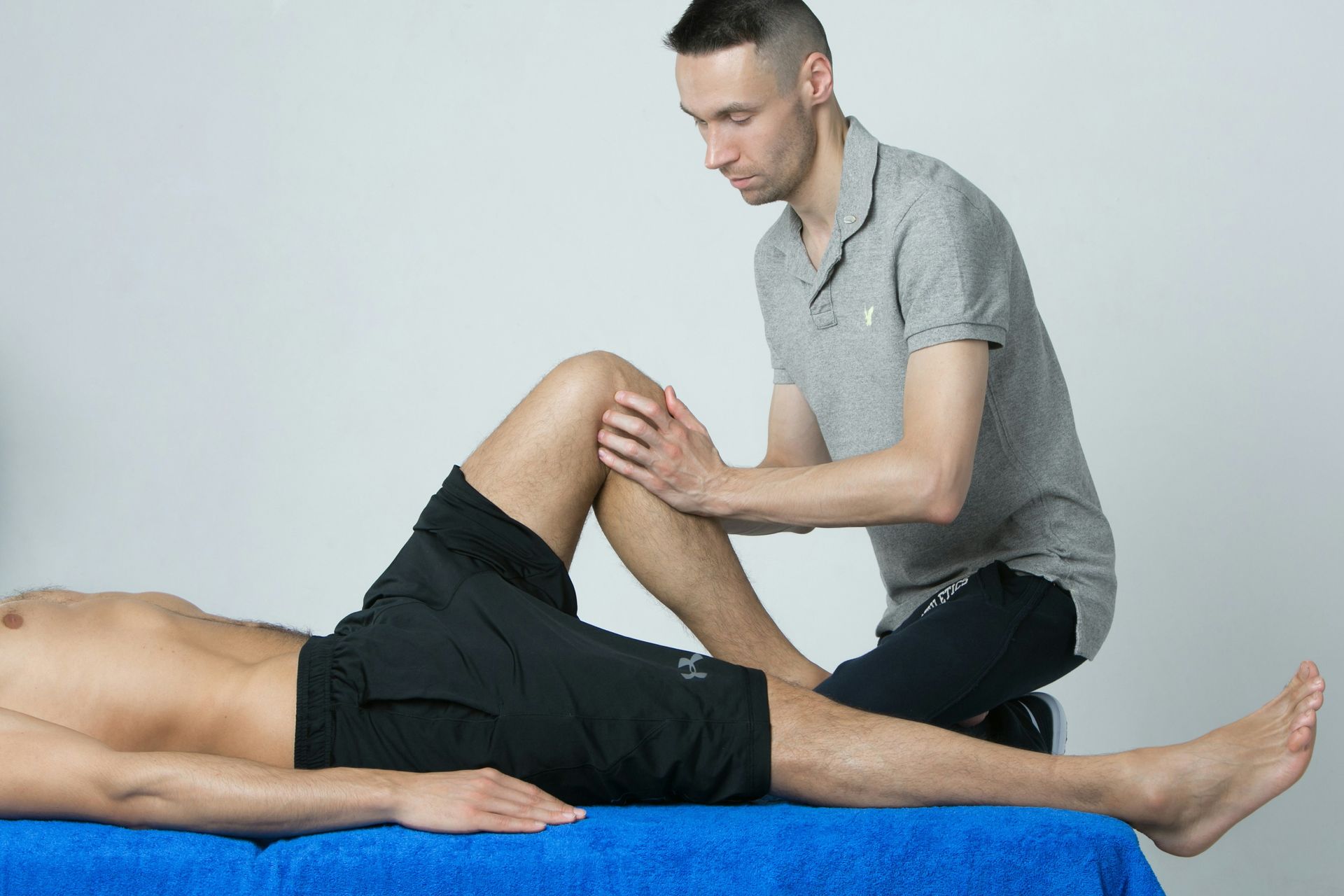Time saving food tricks
Let’s face it, we could all use a little more time in our day. The biggest reason people fail at diets is because they create unrealistic goals and do not prepare themselves. I tell my clients over and over again, being prepared is the key to your success. Here are some things you can do to keep you on the straight and narrow.
1. Make a menu that utilizes healthy recipes with similar ingredients. When you do this you are not only saving time when shopping but also saving money by buying in bulk and using less ingredients in general.
2. Make a shopping list. You will save money, time and energy. When you have a game plan it is easier not to be side tracked by the oreos or chocolate ice cream.
3. Wash and prep foods ahead of time. Take a day to do your menu planning, shopping and prepping. Wash and cut up all your vegetables, fruits and salad fixings. Put your salad in a large bowl already cut into bite sized pieces. Combine all of your salad topping in one easy to grab bowl. Make your salad dressing and have them handy on the fridge door. Cut up vegetable and put in sandwich bags for snacks. Prepare your hummus or dips ahead of time. Make your smoothies and freeze them in portion sized containers. Take it out the night before and in the morning you are good to go. Or put all smoothie ingredients in the blender and put that in the fridge so in the morning you can just pop it on and blend. Put as many dishes together as you can and either freeze them or put them in glass containers for an easy grab later in the week. Make sauces and freeze them in ice-cube trays for easy portion control. Cook beans, rice, chicken or turkey ahead of time. Easier to throw into a dish a the last-minute.
You might also enjoy these posts . . .
